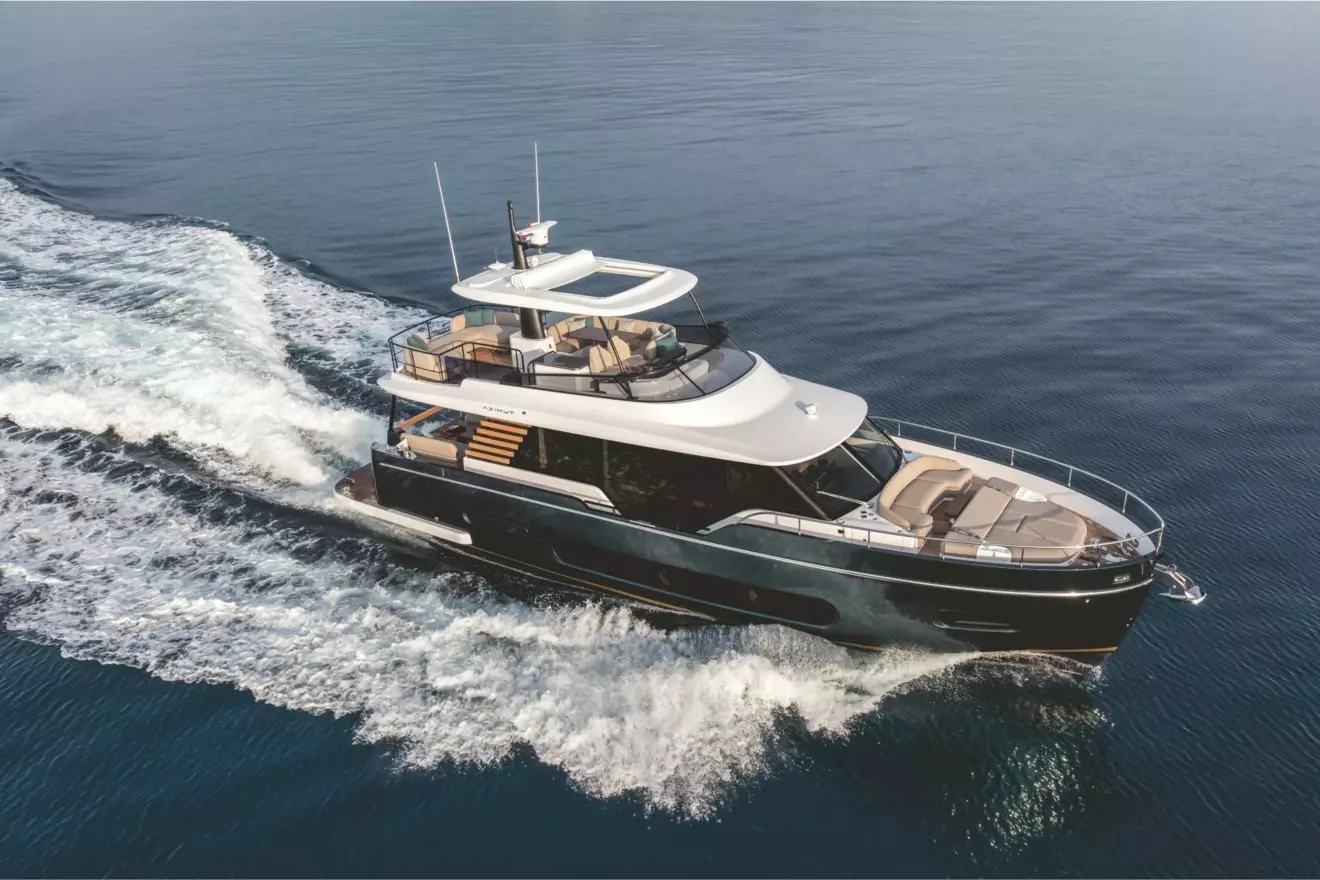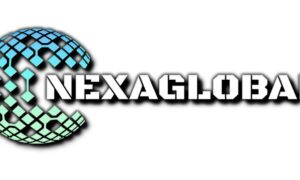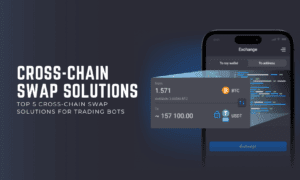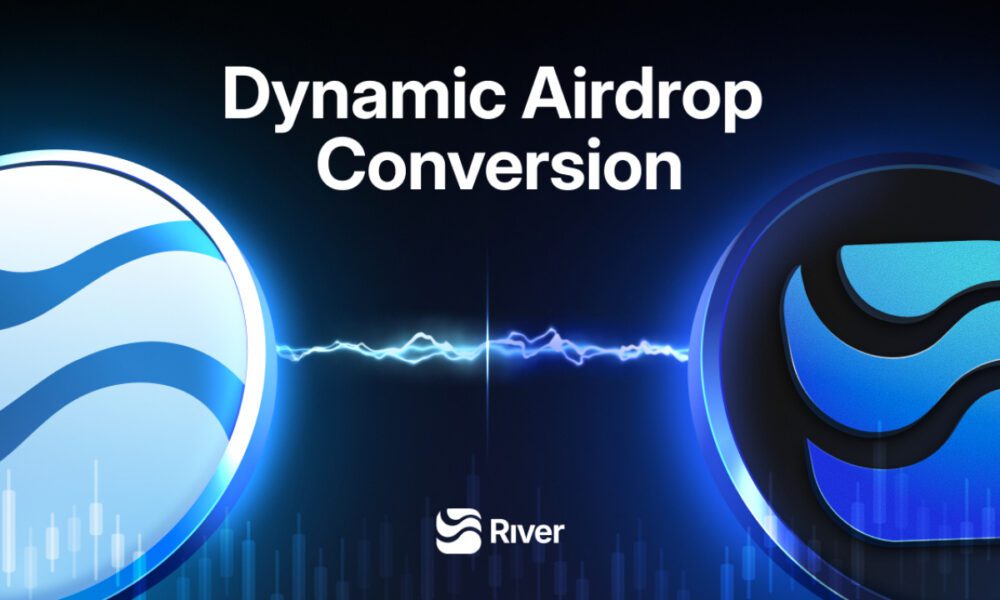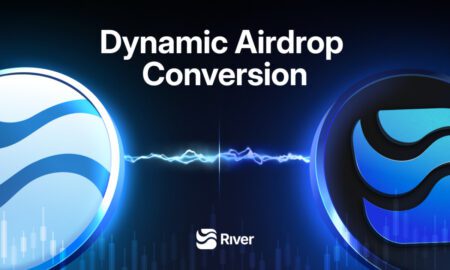The yacht charter market in Croatia continues to expand, driven by increasing global demand for personalised travel experiences and time spent outdoors. However, as the number of charter guests grows, so does the need for safer and more informed navigation practices. One of the most significant developments supporting this shift is the adoption of AI-enabled weather routing systems and real-time marine forecasting applications, which are now influencing how both skippers and charter operators plan and manage voyages along the Adriatic coast.
These technologies do not replace maritime skill or local seamanship, but they enhance decision-making, reduce operational uncertainty, and contribute to more consistent and comfortable guest experiences — all of which have become core competitive factors in the charter market.
Weather Variability as a Commercial Challenge
The Adriatic coastline is characterised by predictable seasonal breezes, but also by rapid localised weather shifts influenced by regional pressure gradients and island terrain. Winds such as:
- Bura — strong, gusting, often sudden — impacting anchorage safety.
- Jugo — southerly, moisture-bearing, typically associated with shifts in barometric pressure.
- Maestral — a reliable thermal afternoon northwesterly in summer.
Understanding not only these systems, but when and where they develop, is critical for route planning efficiency, guest comfort, and risk mitigation across charter operations.
This is where high-resolution forecasting and AI routing provide quantifiable value.
The Technology Supporting Safer Navigation
Marine-weather platforms have matured from simple forecast displays to decision-support systems incorporating predictive models, vessel performance assumptions, and real-time local data. Key tools used widely in Croatia now include:
| Platform | Core Value | Operational Impact |
| PredictWind | AI routing + multiple weather models | Enables route optimisation based on wind, wave height, and vessel characteristics. |
| Windy | High-resolution visual forecasting | Allows quick interpretation of wind patterns around islands. |
| Navionics Boating | Digital charts + AIS integration | Supports approach planning, anchoring decisions, and navigational awareness. |
| Navily / mySea | Anchorage & marina intelligence | Reduces uncertainty in securing berths or mooring fields at peak times. |
The combined use of these tools aligns with broader travel-sector digitisation — moving from reactive planning to proactive navigation strategy.
Integration into Charter Operations
Professional charter providers increasingly incorporate digital forecasting workflows into service delivery. This may include:
- Briefings on expected local conditions at check-in.
- Suggested routing sequences to accommodate seasonal wind cycles.
- Monitoring of real-time forecasts during crewed itineraries.
- Advising guests on safe anchorage choices relative to wind direction and seabed type.
This is particularly relevant for guests choosing skippered yacht charters in Croatia, where the skipper combines real-time digital input with experience-driven judgement.
The technology assists the interpretation; it does not replace it.
Practical Navigation Considerations for Adriatic Voyages
While digital tools improve forecasting, operational success still depends on how information is used. Recommended practices include:
- Cross-checking multiple forecast sources rather than relying on a single model.
- Downloading offline data, as signals can weaken around remote islands.
- Securing anchorages early when winds are forecast to increase later in the evening.
- Allowing flexibility in itinerary planning, especially when crossing open channels.
For many visitors, a typical itinerary begins with a charter from Split, continuing among islands such as Brač, Hvar, Vis, or Šolta, where micro-wind systems make real-time adjustments relevant on a daily basis.
Future Direction: More Data, More Predictive Intelligence
As the charter industry continues to mature, several innovations are likely to influence operational standards in the coming years:
- AI-driven predictive routing that recalculates dynamically based on live inputs.
- Lower-cost satellite connectivity, increasing the reliability of offshore forecasting.
- Environmental intelligence layers, assisting skippers in avoiding ecologically sensitive anchorages.
- Demand forecasting for marina capacity, reducing uncertainty in peak-season harbour planning.
The trajectory is clear: technology is shifting from advisory to anticipatory.
Conclusion
The adoption of AI-enabled weather routing and real-time marine apps represents more than a convenience for charter guests — it is a strategic advancement for the Croatian yacht charter sector. By improving safety, enhancing route planning efficiency, and strengthening the overall guest experience, these tools support both operational performance and customer satisfaction.
For charter companies, integrating these systems effectively demonstrates professionalism, modern standards, and responsible seamanship.
For sailors and leisure travellers, it means more confident decision-making — and ultimately, a more reliable and enjoyable journey along one of Europe’s most remarkable coastlines.

